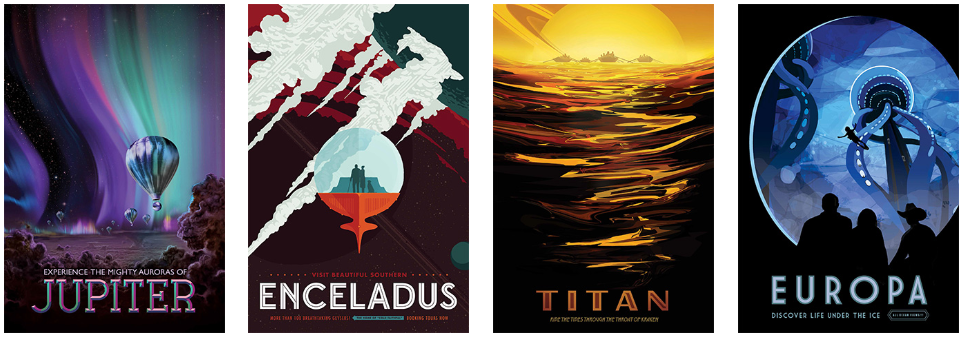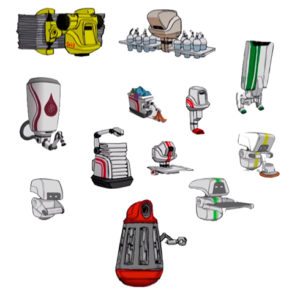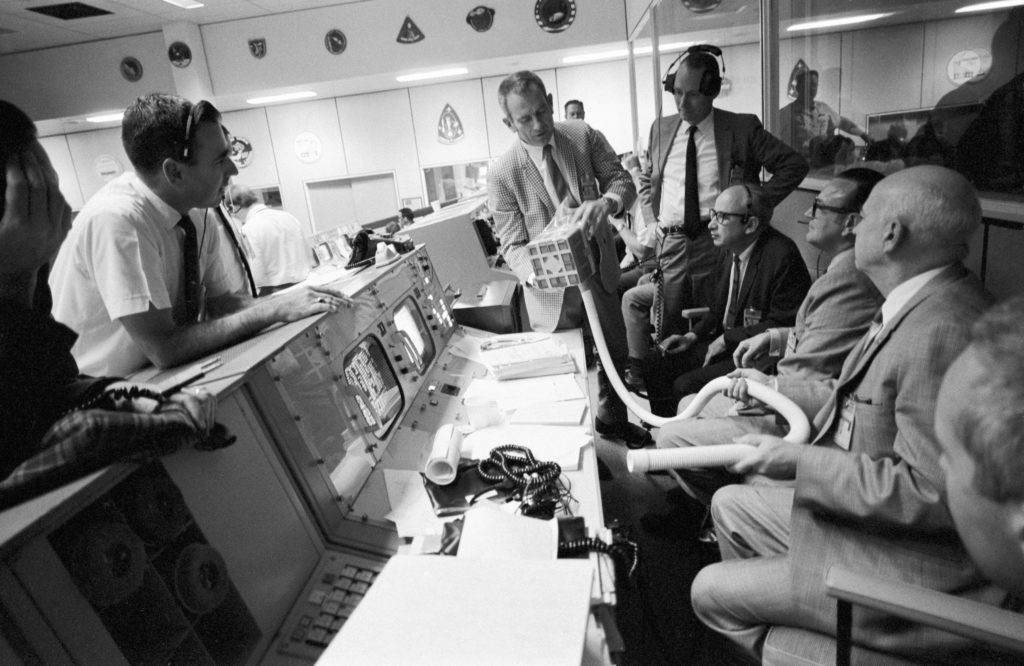I was recently asked a great question by Rebecca Beardain on Twitter:
First of all, I love getting these kind of questions. It shows that educators are not satisfied with just doing the same things they’ve always done, and that they want to find new and inspiring activities for kids that make the learning real.
Space is one of those topics that evokes emotions in everyone. We’ve all looked up at a starry sky & wondered what it’s like to be up there, floating around, looking down at Earth, eating astronaut ice cream…
So it’s only natural that we as educators (and parents) can & should use anything and everything about space to get kids excited about learning (especially those STEM ideas). And here’s 7 ideas to get you started:
- Inspire: Get kids inspired by watching some rocket launches. YouTube is filled with historical footage, but even more exciting is watching current launches in your classroom. SpaceX (and other new rocket companies) are live streaming their launches (https://www.spacex.com/). Or head to https://www.nasa.gov/nasalive for more streaming of launches, space walks, as well as live chats. There’s nothing more exciting than your kids having their questions answered by real astronauts!
2. Create: Kids love creating, and we need to keep that love of creating alive to help them be ready for the cool jobs of the future. Spark some creativity by getting out some art supplies and challenge kids to make their own constellations or space mission patches. Or maybe you can have them create a stop motion of a rocket launching, an astronaut bounding on a planet, or items floating in zero gravity.
Another idea is to have kids design “space tourism posters” like these from the NASA Jet Propulsion Laboratory… see more at https://www.jpl.nasa.gov/visions-of-the-future/


3. Design: There’s so much design that goes into anything that is associated with space. A fun & easy way to do some design with your kids is show some clips from movies (like Wall-E) and challenge kids to design the robots, ships, or bases where people would live on another planet.
I always encourage kids to draw their plans on graph paper first before building anything in 3d. You could even use the online design tool Tynkercad https://www.tinkercad.com/ to let kids design in 3d (plus, those files can be exported to use on a 3d printer)
4. Problem Solve: Anyone who has studied space knows that there’s always a chance that something will go wrong. That’s where problem solving comes in. Kids need to learn curriculum, but they also need to know how to adapt to new situations, deal with a problem in a calm and systematic way, and use prior knowledge to come up with solutions. The best example of this in space is the story of Apollo 13. If you’ve ever watched the movie (or read the book “Lost Moon” by Jim Lovell) you know that even with the best & brightest minds things can go wrong.

If you have access to a copy of Apollo 13, the “Square filters in a round hole” problem is classic problem solving (the two part scene is at 1:19:36-1:21:00 & 1:27:07-1:32:53). Show the kids that situation, then give them a “challenge” to solve themselves. For added “realism” try giving them a time limit, having some random buzzer noises going off, or keep asking them “are you done yet?” to build some pressure. Don’t worry, learning to perform under pressure is a good (and often overlooked) skill in education.
5. Analyze: If humans are going to actually live on the moon or another planet, they’re going to have to be able to grow things to eat. There’s all sorts of resources on NASA’s Mars website ( https://mars.nasa.gov/ ) including information about what the Mars soil is like.
Many teachers have created “mars soil” for their kids to try growing plants in. Or ask your students what they’d like to test or analyze for space travel.
6. Research: Once you’ve spent some time getting your kids inspired by space, there’s a good chance they’ll want to learn more. Start by putting some books (fiction and non-fiction) in easy to notice places in your classroom. Give kids a “space journal” to write all of their notes, drawings, ideas, and questions in. Challenge kids to use their free time or Genius Hour time to learn more about the space topics that interest them most. Just keep them learning, even after the “chapter” or “unit” is over.
7. Dream: Find the adult closest to you right now and ask them “did you ever dream of going to space as a kid?”
I’m guessing they just said “yes” or “who didn’t,” especially anyone who watched the movie Space Camp. Now if you’ve done any of the above 6 ideas, I’d also guess that almost every kid in your class now dreams of space. And with kids today, it might be less of a dream and more of a reality that they’ll all spend time in space someday, either as a researcher, colonist, or tourist.
So here’s the dream step…give your kids time to write a story. A story about space. Just get them dreaming. (if they’re younger, you may want to give them some “comic” pages and they can draw instead of write their space story)
So there you go. 7 ideas to help get your kids interested in space. Do you have more ideas or things you’ve done in your classroom? Share them with me on Twitter https://twitter.com/dailystem
A few more helpful Space links:
NASA History website: https://www.nasa.gov/topics/history/index.html
NASA Education website: https://www.nasa.gov/offices/education/about/index.html
NASA “Spot the Station”…the International Space Station is the 3rd brightest object in the sky, and you can find out where to see it here: https://spotthestation.nasa.gov/
(via Andrew Kauffman) here’s a “Creating a School (on Mars) from Scratch” challenge by A.J. Juliani http://ajjuliani.com/creating-school-mars-scratch/
